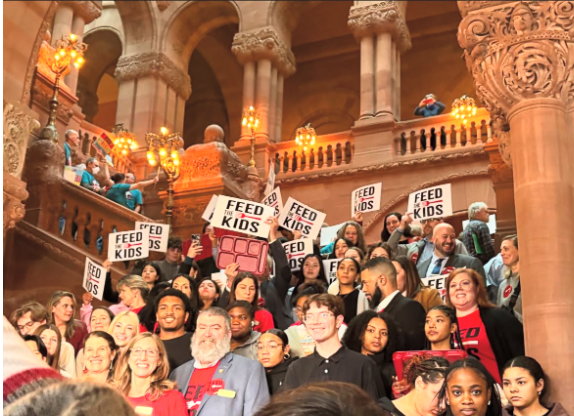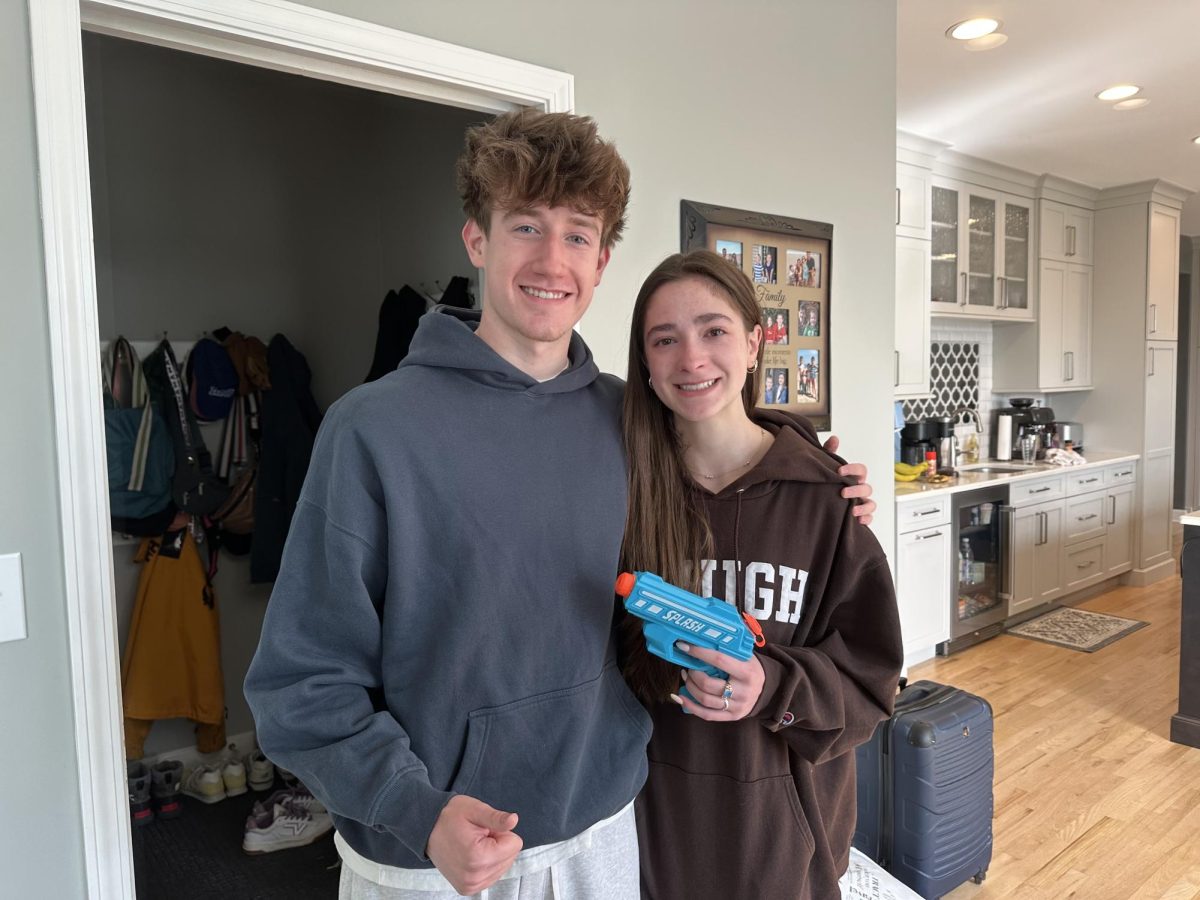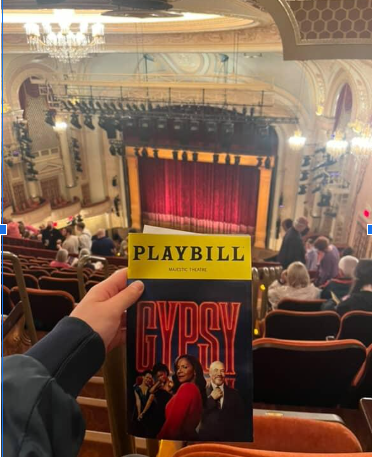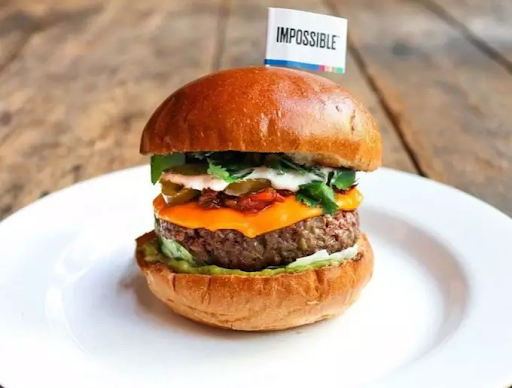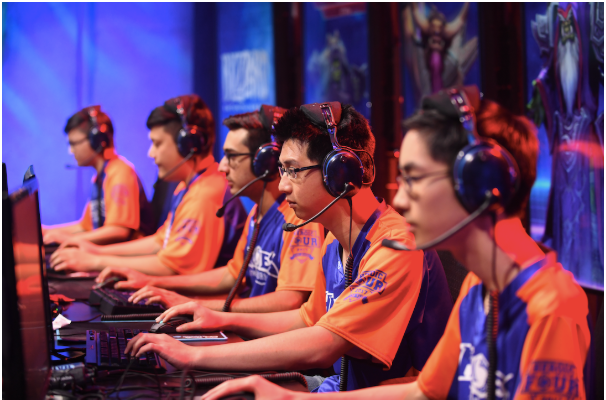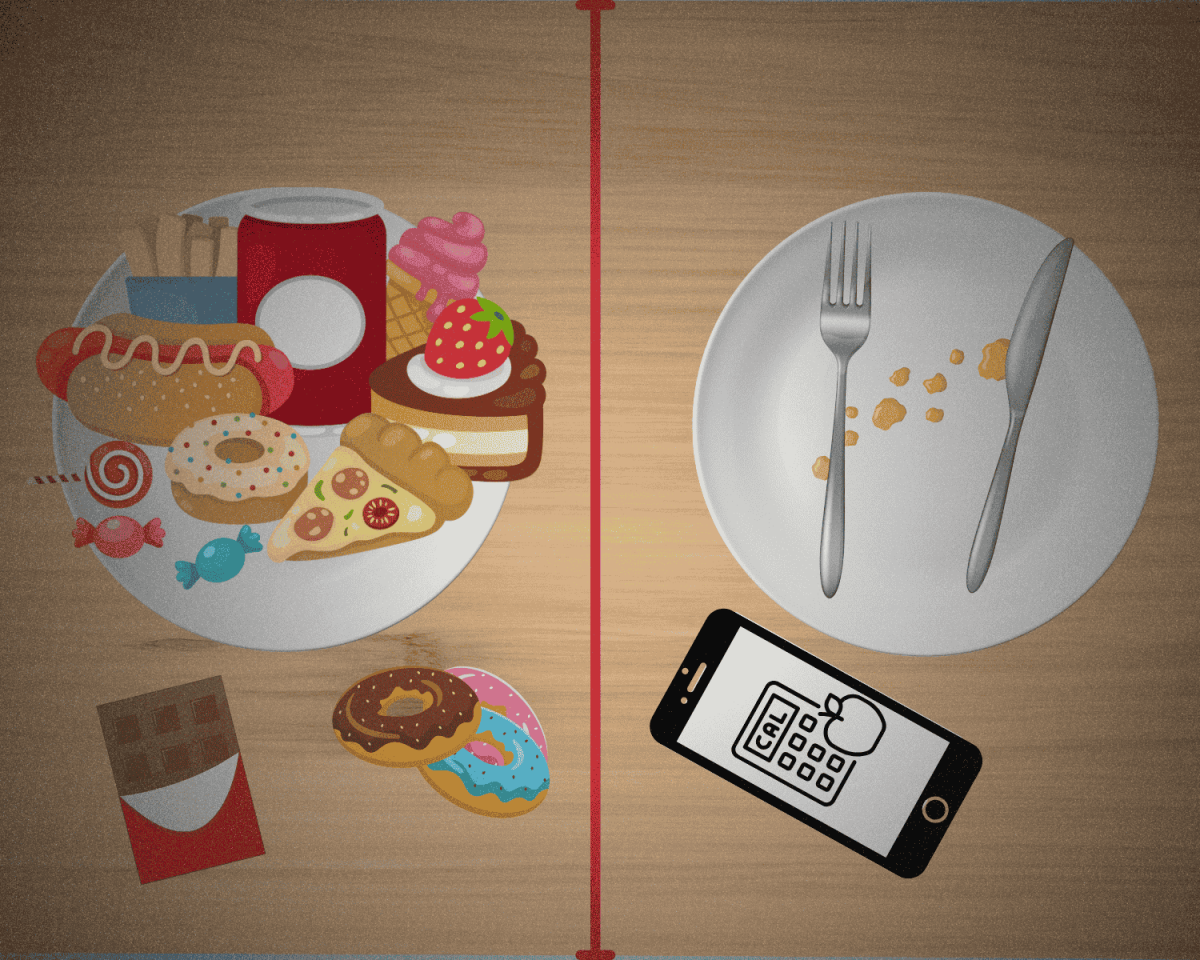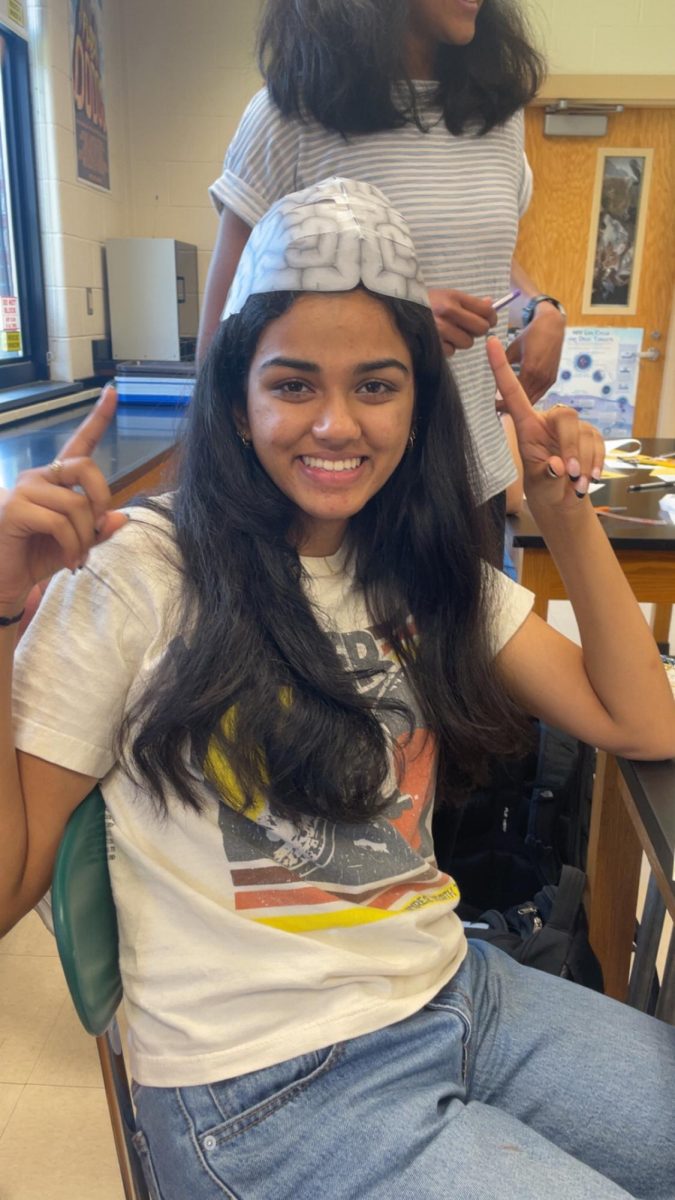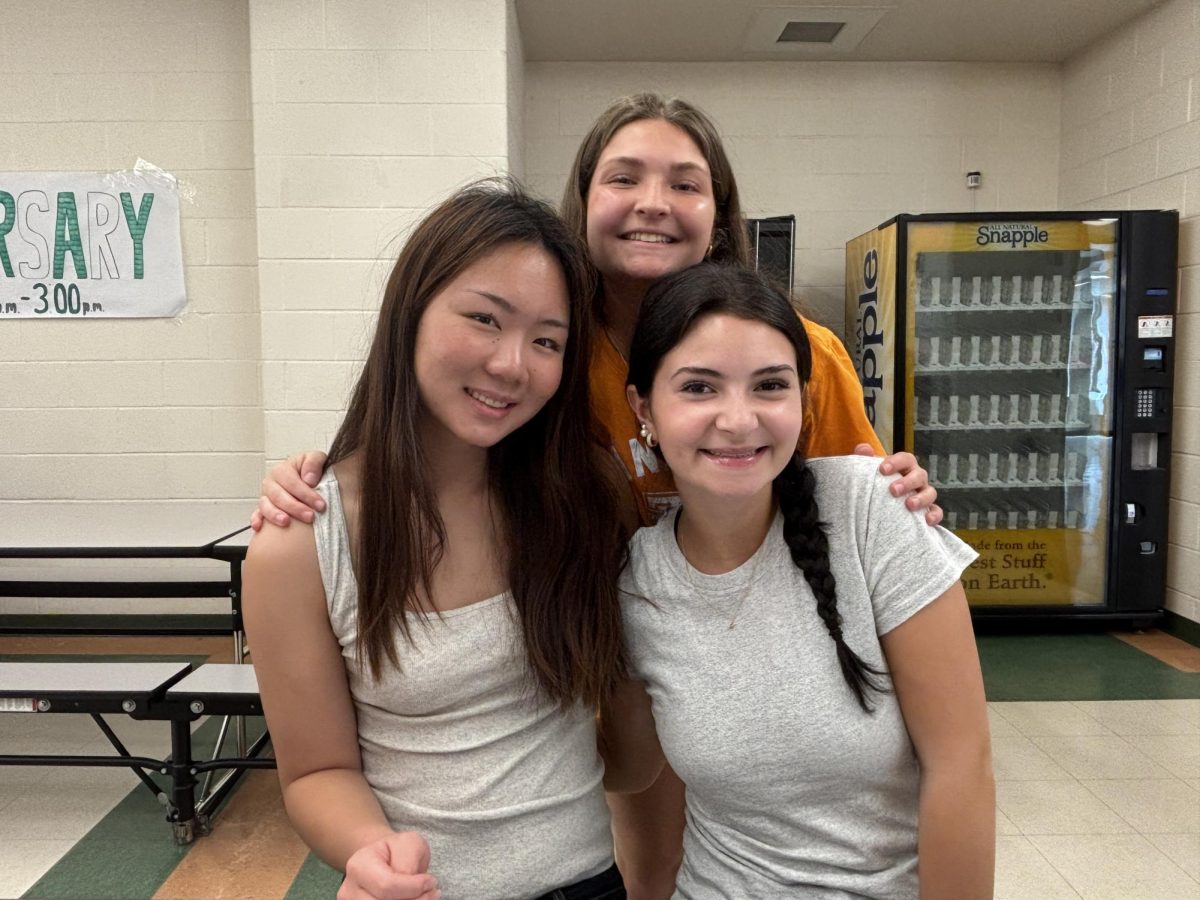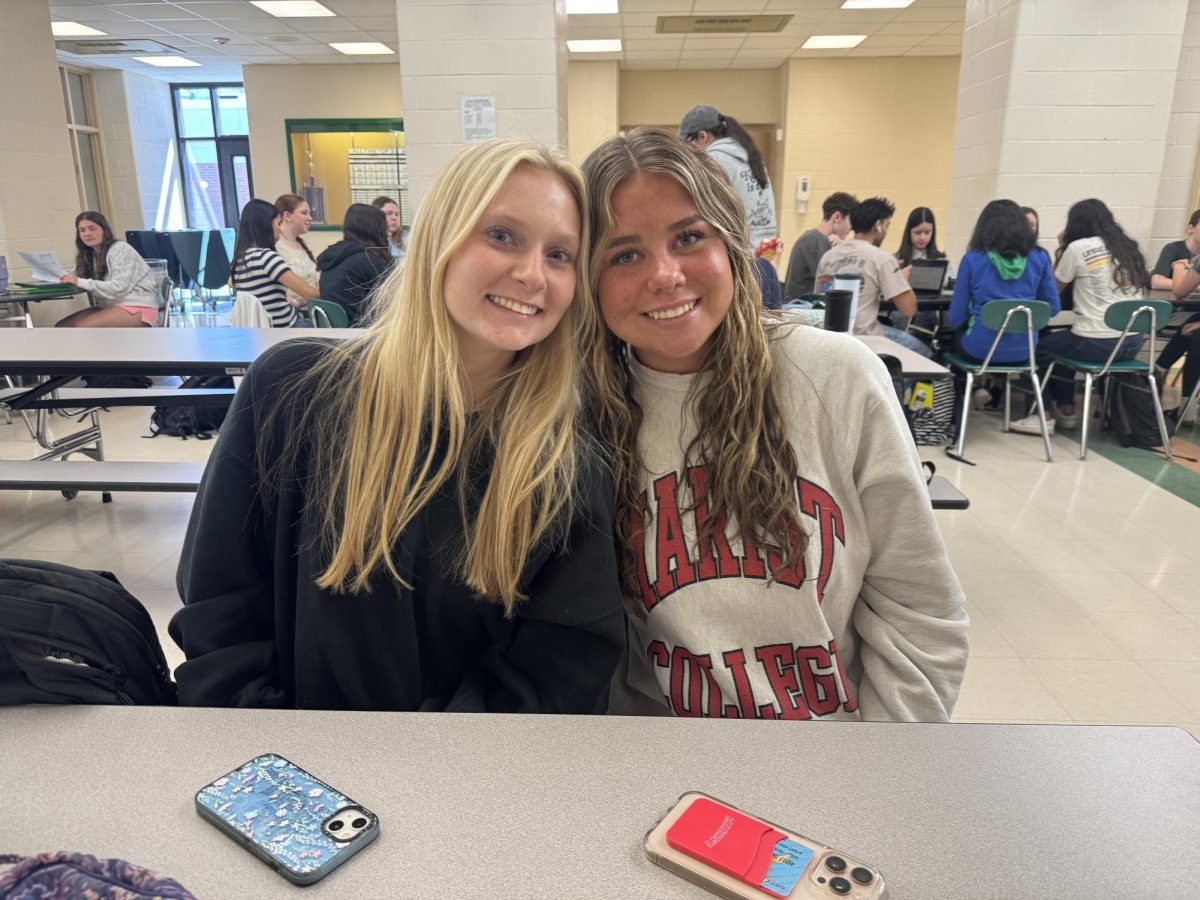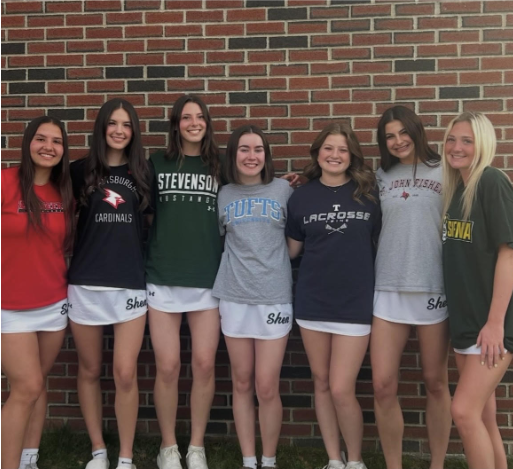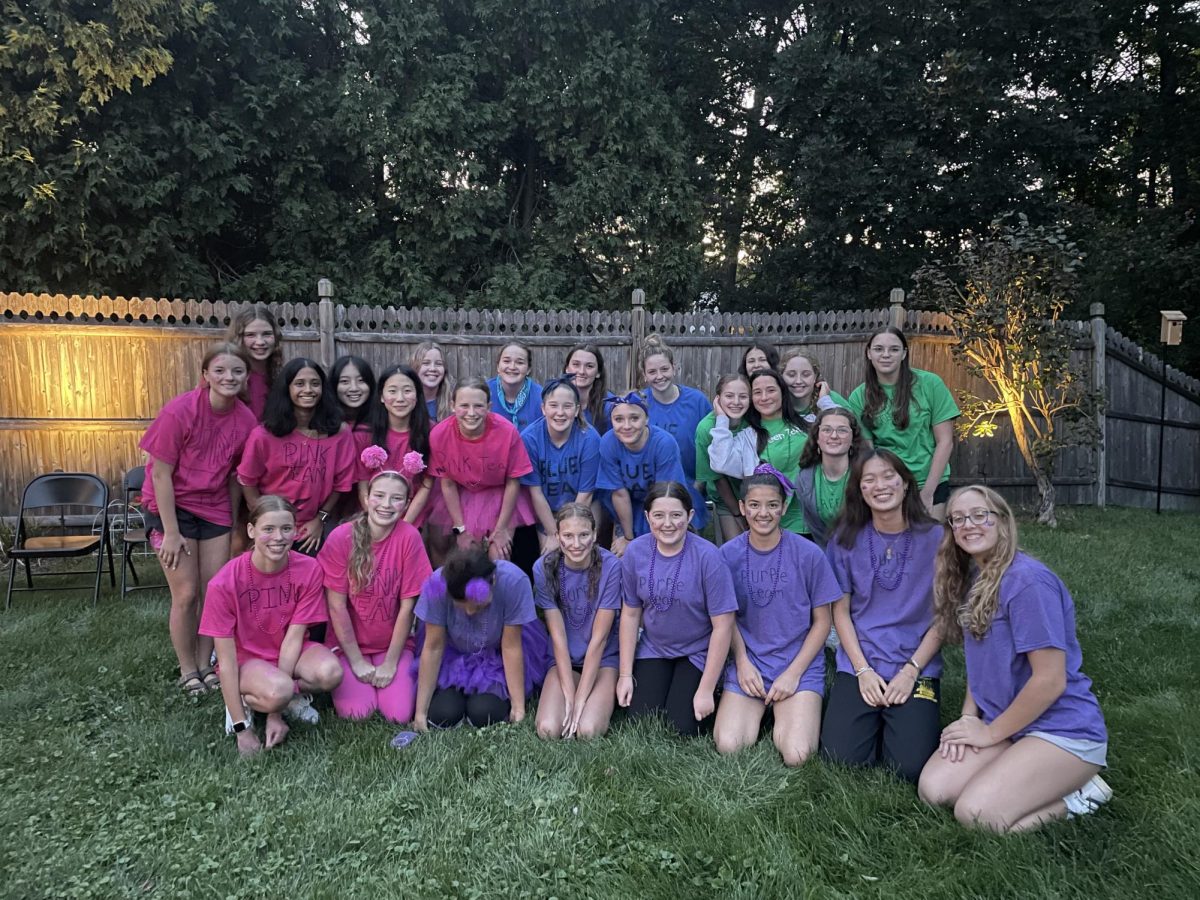Scroll through Instagram or Tiktok, and you’ll find a never-ending buffet: heaping helpings of fast food, hot-cheeto deep fried burritos, chicken laden with layers of dipping sauce, all presented by influencers ready to devour meals that could feed a family. But behind these viral videos, a darker appetite is growing; one that drives teens to obsessively measure their waists and count every calorie. Welcome to the new food culture—where excess and emptiness are the hottest trends.
The phenomenon known as mukbangs first originated in South Korea in the early 2010’s. Creators filmed themselves eating for entertainment. By 2015, mukbangs became a global sensation. As more influencers vied for stardom, some took extreme measures to stand out.
Perhaps most notoriously, the social media star Nickocado Avocado. He began his channel as a vegan mukbanger, but over the years, viewers witnessed a gradual transformation. Nick abandoned veganism to record videos indulging in outrageous plates of hot noodles, burgers, and everything under the sun. As his meals grew in size, so did he. Frenzied posts soon appeared, detailing his struggles with obesity as a corollary to this overindulgence. Yet, his engagement only surged. People gripped their screens in anticipation for his next superfluous feast. In a stunning turn of events, Nick left the internet reeling on September 7, 2024, with a video entitled “Two Steps Ahead.” Here, he revealed a shocking weight loss, giving way to mass speculation. As it would appear, Nickocado recorded videos in advance while he repaired his health, capitalizing on the public’s obsession with overconsumption.
While Nikocado Avocado was able to reverse his medical scare, the effects on mukbang culture linger. Unhealthy binge eating practices have been widely popularized on social media. It is now commonplace to find videos encouraging excessive portioning, and, paradoxically, restrictive dieting. Many influencers now maintain extremely thin figures, though the overconsumption persists.
This juxtaposition of exorbitance vs. scarcity is drastic, as millions of users fall victim to these new dieting trends. Tiktok has seen a surge in “What I Eat In a Day” videos, some showcasing overindulgence, others glorifying restriction. Many of these clips include body checks in the beginning, which only further promotes inadequate diets, body dissatisfaction and disordered eating. Furthermore, Eugenia Cooney, despite posting beauty and fashion-focused content, has caused a stir throughout social media concerning her thin frame. Over 53,000 people signed a petition to have her content removed from the internet, for fear of its impact on younger viewers.
Beyond individual creators, entire weight loss communities exist. They can be found on most platforms, detailing extreme tips involving things like purging, unusual and compulsive eating habits, and other disordered behaviors.
Ultimately, social media’s perplexing relationship with food raises ethical concerns. In a world where the extremes of waste and overconsumption are normalized, it poses a stark contrast to the millions who go without. Protruding rib cages, while a twisted goal of some, are a scary reality for others. According to the World Health Organization, in 2023, 1 in 11 people went hungry every single day. This equates to about 733 million people worldwide. Ironically, the same forces driving global hunger also relate back to disordered eating. The Alliance for Eating Disorders notes that food insecurity directly increases unhealthy consumption practices and disproportionately affects racial and ethnic minorities and low-income households.
This inequity is a disheartening contrast from the wastefulness observed online. Yet, the disconnect is deeper than just content: it is the underlying algorithms that quietly shape feeds and how users view food, bodies, and health overall. Apps like Tiktok and Instagram personalize content, often feeding vulnerable users appearance and diet-related videos, further widening the gap between out-of-touch food culture and the world hunger epidemic.
Social media food culture is not just a reflection of our appetites, but of the powerful influence on them. Recognizing this, practicing mindfulness online is more urgent than ever. As we scroll past grand feasts and images of deprivation, it is imperative that we ask ourselves: Are we shaping food culture, or are we allowing it to shape us?
________________________________________________________________________________________________
Sources:
https://www.who.int/news/item/24-07-2024-hunger-numbers-stubbornly-high-for-three-consecutive-years-as-global-crises-deepen–un-reporthttps://www.allianceforeatingdisorders.com/food-insecurity-eating-disorders/https://www.sciencedirect.com/science/article/pii/S1740144524001293
